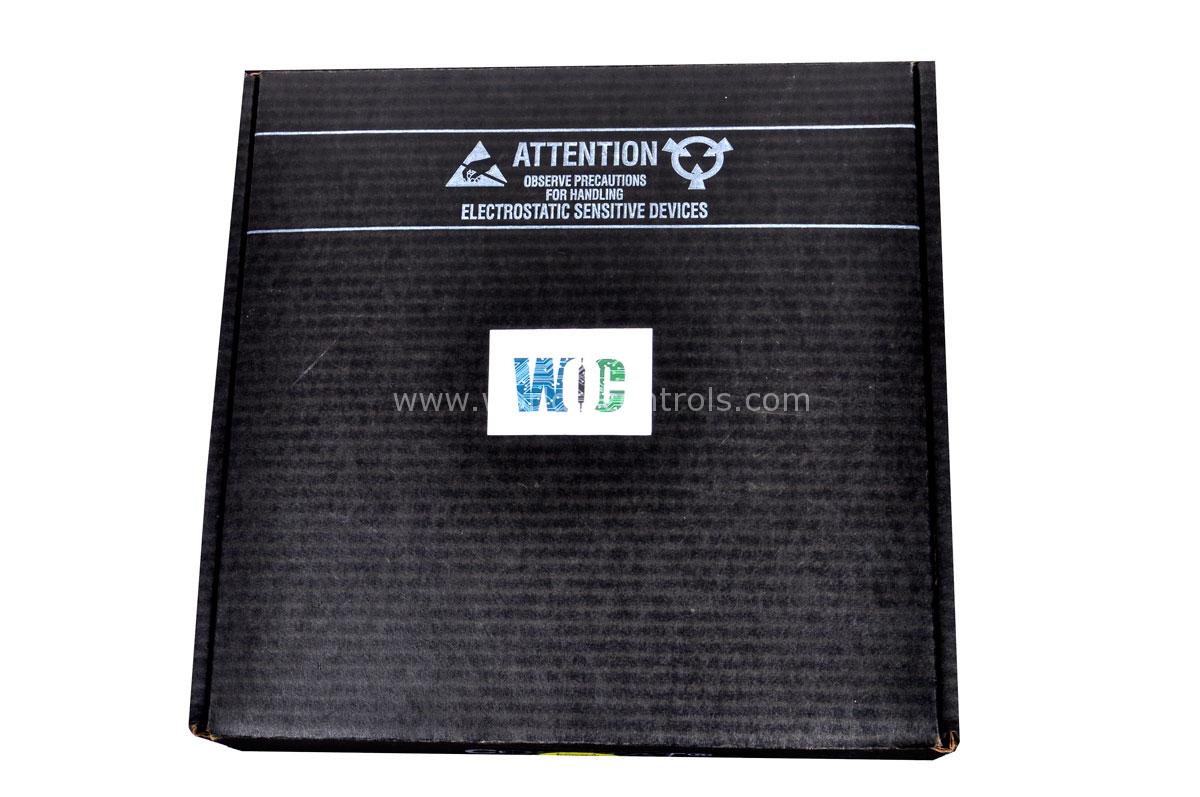
World Of Controls understands the criticality of your requirement and works towards reducing the lead time as much as possible.
5461-086 - Transducer Input Module is available in stock which ships the same day.
5461-086 - Transducer Input Module comes in UNUSED as well as REBUILT condition.
To avail our best deals for 5461-086 - Transducer Input Module, contact us and we will get back to you within 24 hours.
Part Number: 5461-086
Manufacturer: Woodward
Product type: Module
Availability: In Stock
Function: Transducer Input Module
Country of Manufacture: United States (USA)
5461-086 is a Transducer Input Module developed by Woodward. The transducer module serves as an input interface designed for communication with external transducers. Within this module, you will find two isolated RS-422 communication ports, each consisting of a pair of differential transmit lines, a pair of differential receive lines, and connections for +15 V power supply. Importantly, these two ports are electrically separated from each other as well as from the rest of the module.
World of Controls has the most comprehensive selection of GE and Woodward components. Our professionals are available to help you with your requirements at any time. If you require any additional information, please contact WOC immediately.
What is 5461-086?
It is a Field Terminal Module developed by Woodward.
What is the role of the communications processor in the Transducer Module?
The communications processor in the Transducer Module serves as the component responsible for sending outputs and receiving inputs from the RS-422 ports. It plays a vital role in facilitating data transfer and communication.
How does the communications processor connect with the RS-422 ports?
The communications processor establishes a connection with the RS-422 ports within the Transducer Module. It manages the data flow between the module and external devices connected to these ports.
What is the significance of the CPU module's involvement in the process?
The CPU module plays a pivotal role in the communication process. It interacts with the Transducer Interface Module through the VME bus and dual port RAM. This communication pathway allows for data exchange and coordination between the Transducer Module and the CPU module.
What is the purpose of dual port RAM in this setup?
Dual port RAM serves as a shared memory space that allows both the communications processor and the CPU module to read from and write to it simultaneously. It enables seamless and real-time data exchange between these two critical components.